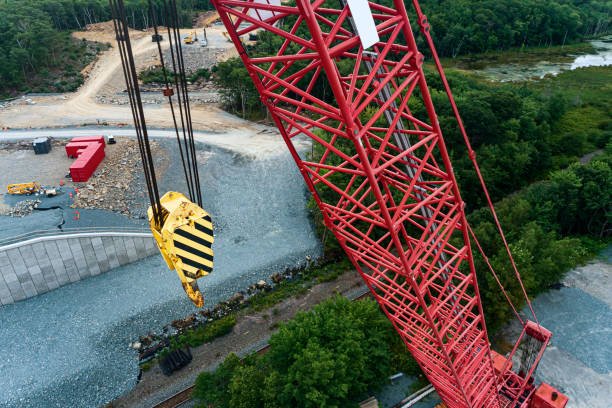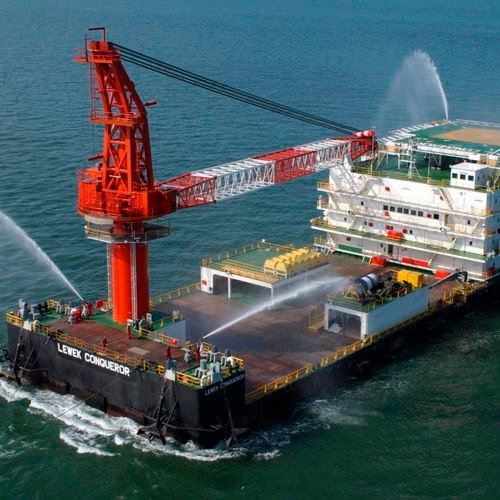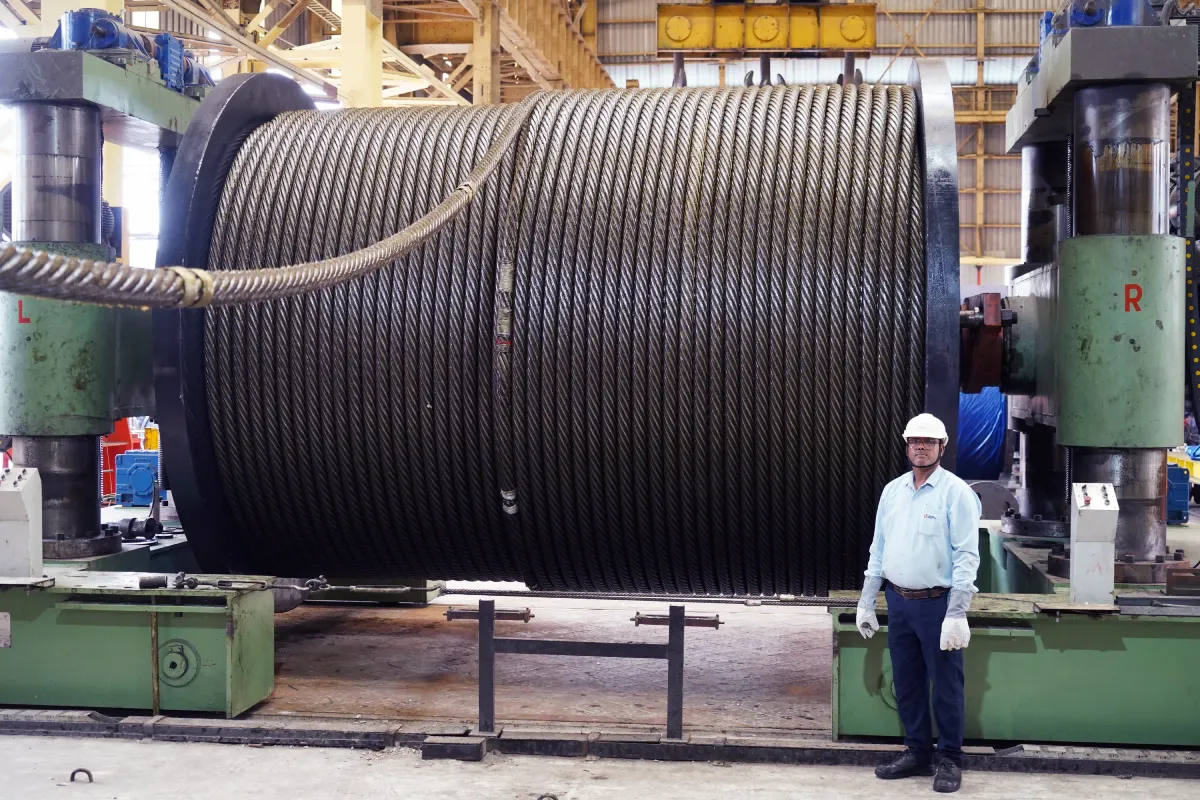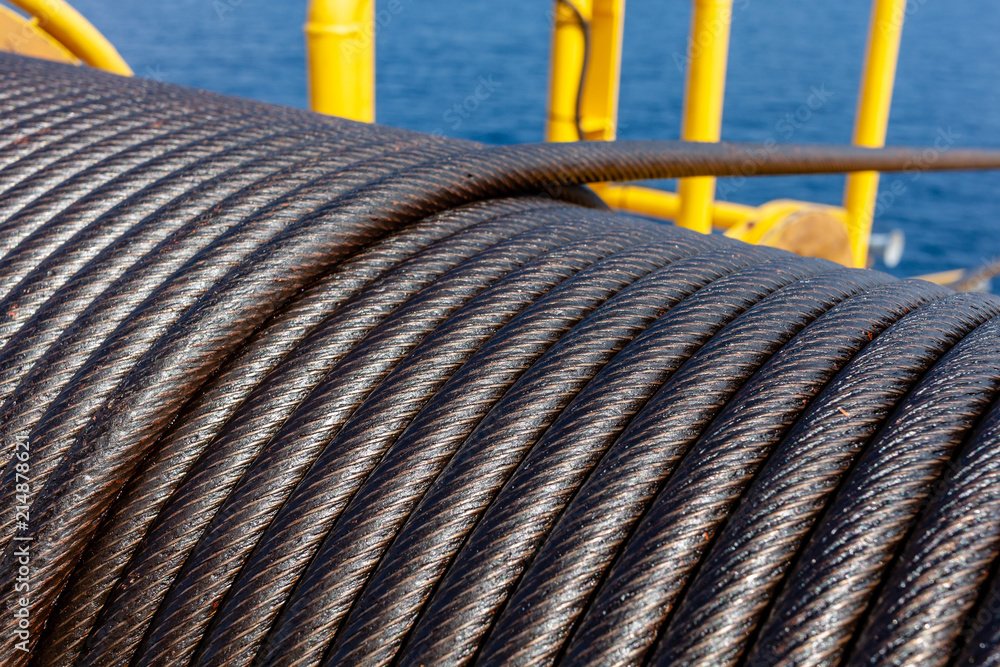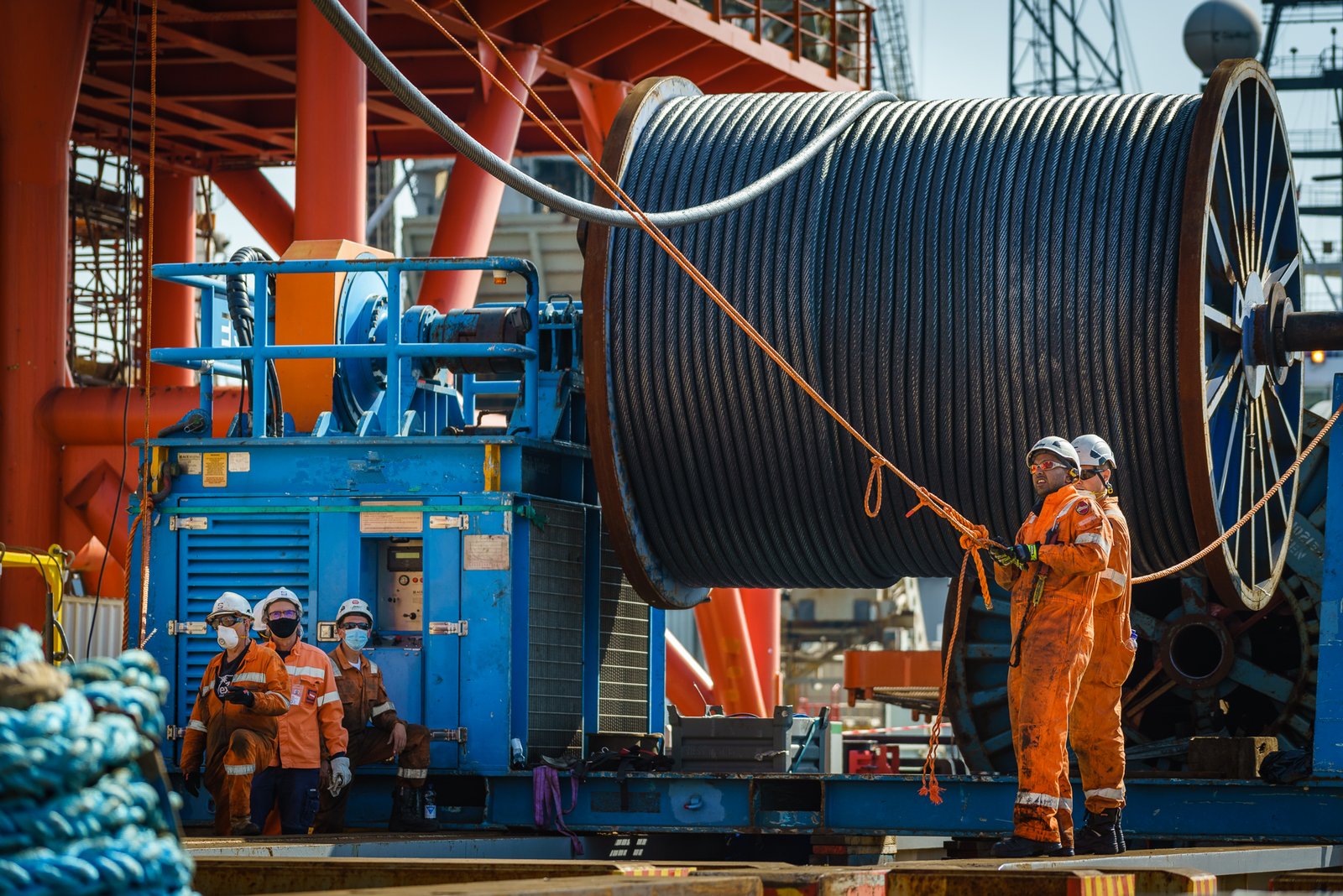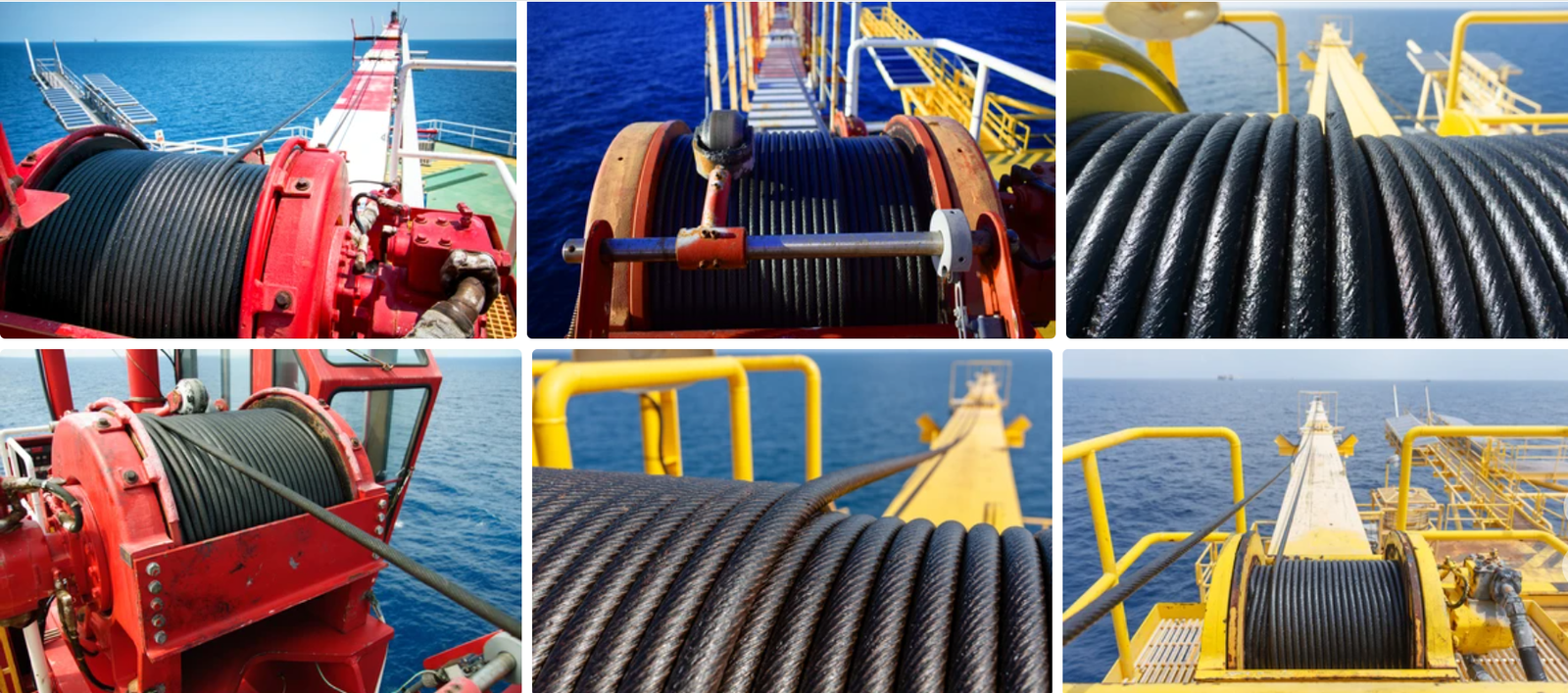Are you tired of constantly replacing your crane wire ropes? Do you wish there was a way to make them last longer and reduce costly downtime? It’s a common struggle for many in the industry.
Maximizing your crane wire rope’s lifespan involves diligent maintenance, correct usage, and proper inspection. By focusing on these key areas, you can significantly extend its operational life and ensure safety.
Imagine going years without the worry of unexpected rope failure. That peace of mind is possible. Let’s explore how you can achieve it.
What are the Most Common Causes of Crane Wire Rope Degradation?
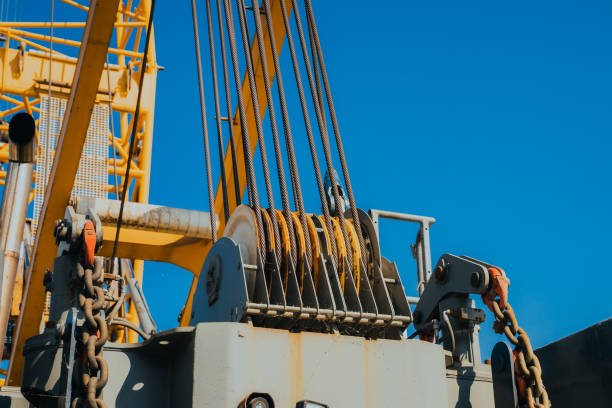
Understanding what damages your wire rope is the first step to preventing it. Many factors contribute to wear and tear.
Crane wire ropes most commonly degrade due to mechanical damage like crushing or kinking, corrosion from environmental exposure, and excessive abrasion from contact with drums or sheaves.
Types of Mechanical Damage
| Damage Type | Description |
|---|---|
| Crushing | Pressure that flattens the rope, distorting its structure. |
| Kinking | Sharp bends that permanently deform the rope strands. |
| Bird-caging | Outer wires splaying outwards due to overstress or improper handling. |
The Impact of Corrosion
Corrosion, often from moisture and chemicals, weakens the steel and can lead to premature failure. Even seemingly minor rust can be a warning sign.
Abrasion and Its Effects
Constant friction against other surfaces wears away the outer wires. This reduces the rope’s diameter and its load-bearing capacity.
How Can Proper Installation Extend Wire Rope Life?
The way a rope is installed significantly impacts its performance and longevity. Incorrect installation can introduce stresses from the very beginning.
Correct installation ensures the rope is properly seated on the drum and that tension is applied evenly, preventing premature wear and damage from the outset.
Ensuring Correct Spooling
Ensuring the rope spools neatly and evenly onto the drum is crucial. This means avoiding overlapping or crisscrossing, which can lead to crushing.
Proper Lubrication During Installation
Applying the right type of lubricant during installation helps protect the core and outer wires from corrosion and reduces friction.
Setting Initial Tension
It’s important to establish the correct initial tension to prevent the rope from loosening or forming uneven layers on the drum.
What Regular Inspection Practices are Vital for Crane Wire Rope Longevity?
Consistent and thorough inspections are non-negotiable. They catch problems before they become critical failures.
Regular visual inspections, checking for broken wires, corrosion, and deformation, are vital to identifying potential issues early and preventing catastrophic failures.
Visual Inspection Checklist
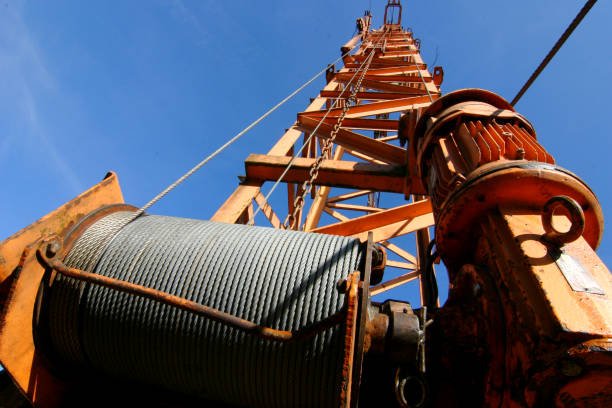
During each inspection, look for:
- Broken wires: Note the number and location of broken wires.
- Corrosion: Check for rust, pitting, and discoloration.
- Kinks and crushing: Look for any permanent deformations.
- Iodine: Check for kinks or permanent bends.
- Wear and abrasion: Examine the outer wires for thinning.
Frequency of Inspections
Inspect your wire rope daily during operation, and conduct more thorough monthly or quarterly inspections. The frequency may need to increase based on usage and operating conditions.
Record Keeping
Maintain detailed records of all inspections, noting any findings and corrective actions taken. This helps track the rope’s condition over time.
How Does Load Handling Affect Wire Rope Durability?
The way you use the crane directly impacts how long the wire rope lasts. Smart load handling is key.
Avoiding shock loads, side pulling, and overloading your crane wire rope is essential to prevent sudden damage and significantly prolong its service life.
Avoiding Shock Loads
Sudden starts or stops put immense stress on the rope. Smooth acceleration and deceleration protect the wire strands from overstretching.
The Dangers of Side Pulling
Pulling the load at an angle, rather than directly vertically, can cause the rope to rub against itself or other components, leading to abrasion and kinking.
Understanding Load Capacities
Always operate within the clearly defined load limits of your crane and wire rope. Overloading is a direct path to failure.
How Can Proper Lubrication and Cleaning Extend Wire Rope Life?
Lubrication is more than just keeping things shiny; it’s about protection.
Regular lubrication and cleaning of your wire rope protect it from corrosion, reduce internal friction, and prevent contaminants from causing wear.
Choosing the Right Lubricant
Use lubricants specifically designed for wire ropes. These penetrate the core and outer wires, providing essential protection.
Lubrication Frequency
The lubrication schedule depends on the operating environment. In dusty or wet conditions, more frequent application is necessary.
The Importance of Cleaning
Before lubricating, clean the rope to remove dirt, grit, and old lubricant. This ensures the new lubricant can effectively penetrate and protect the wires.
Conclusion
Consistent inspection, proper handling, and diligent maintenance are vital for extending crane wire rope life and ensuring operational safety.

